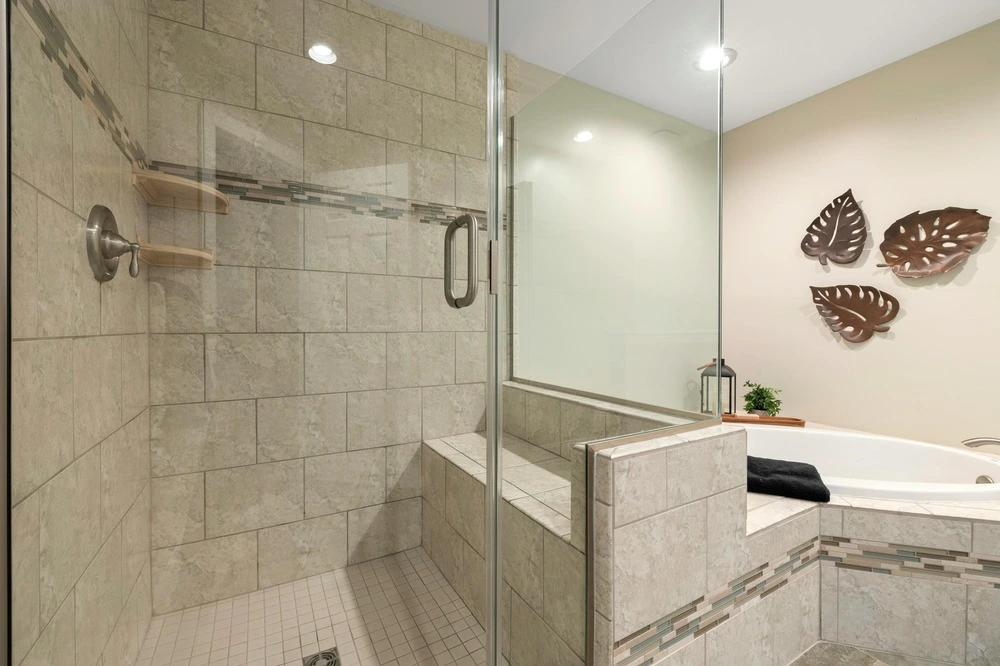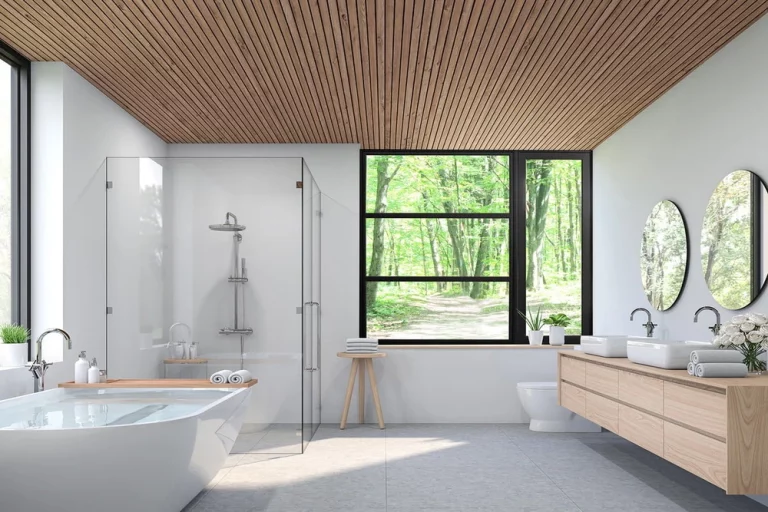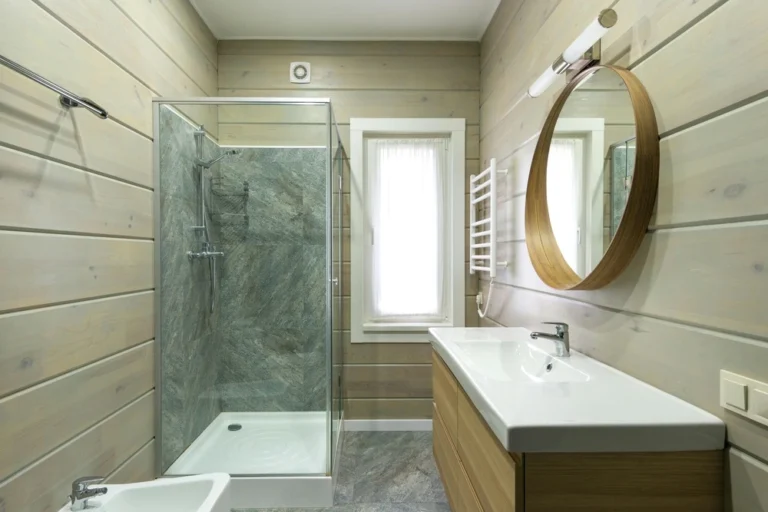Glass Thickness and Durability Explained
When choosing Glass for various projects, it’s important to understand Glass Thickness and how it relates to durability. Here’s a straightforward overview to help you grasp the key concepts.
Understanding Glass Thickness: Types and Measurements
Glass thickness is typically measured in millimeters (mm) or inches. Common thicknesses include:
3mm to 6mm: Suitable for decorative items and light-duty applications.
6mm to 10mm: Commonly used for Shower Doors and Residential Windows.
12mm and thicker: Often used in safety and Commercial settings.
Importance of Different Glass Thicknesses
The thickness of Glass plays a vital role in determining its strength, insulation, and safety features. Thicker Glass tends to be more durable and better at reducing noise, while Thinner Glass is lighter and often more economical.
Advantages of Thicker Glass
Greater Durability: Thicker Glass can resist impacts and is less prone to breaking.
Sound Insulation: It effectively blocks outside noise.
Safety Compliance: Thicker options often meet stricter safety standards, making them ideal for high-risk areas.
Advantages of Thinner Glass
Lightweight Design: Easier to handle and install.
Cost Savings: Generally more affordable than thicker varieties.
Design Flexibility: Can be used in delicate and intricate applications.
Applications of Different Glass Thicknesses
3mm to 6mm: Typically used for interior decorations and light-use scenarios.
6mm to 10mm: Ideal for bathroom installations like Shower Doors.
12mm and above: Required for high-impact areas, such as Commercial Buildings.
Innovations in Glass Technology
Recent developments include:
Tempered Glass: Enhanced strength through heat treatment, breaking into safer pieces.
Laminated Glass: Composed of multiple layers, it improves safety and sound insulation.
Low-E Glass: Coated to reflect heat, helping with energy efficiency.
Selecting the Right Glass Thickness
When determining the appropriate thickness, consider:
Intended Use: Identify the function of the Glass.
Location: Indoor vs. outdoor applications can dictate the necessary thickness.
Budget Constraints: Thicker Glass typically costs more, so factor that into your decision.
Aesthetic Goals: Think about how the glass will fit into your overall design vision.
Conclusion
Understanding the nuances of Glass Thickness is crucial for making informed decisions in your projects. By considering the benefits, applications, and technological advancements, you can select the right glass to meet your specific needs.







